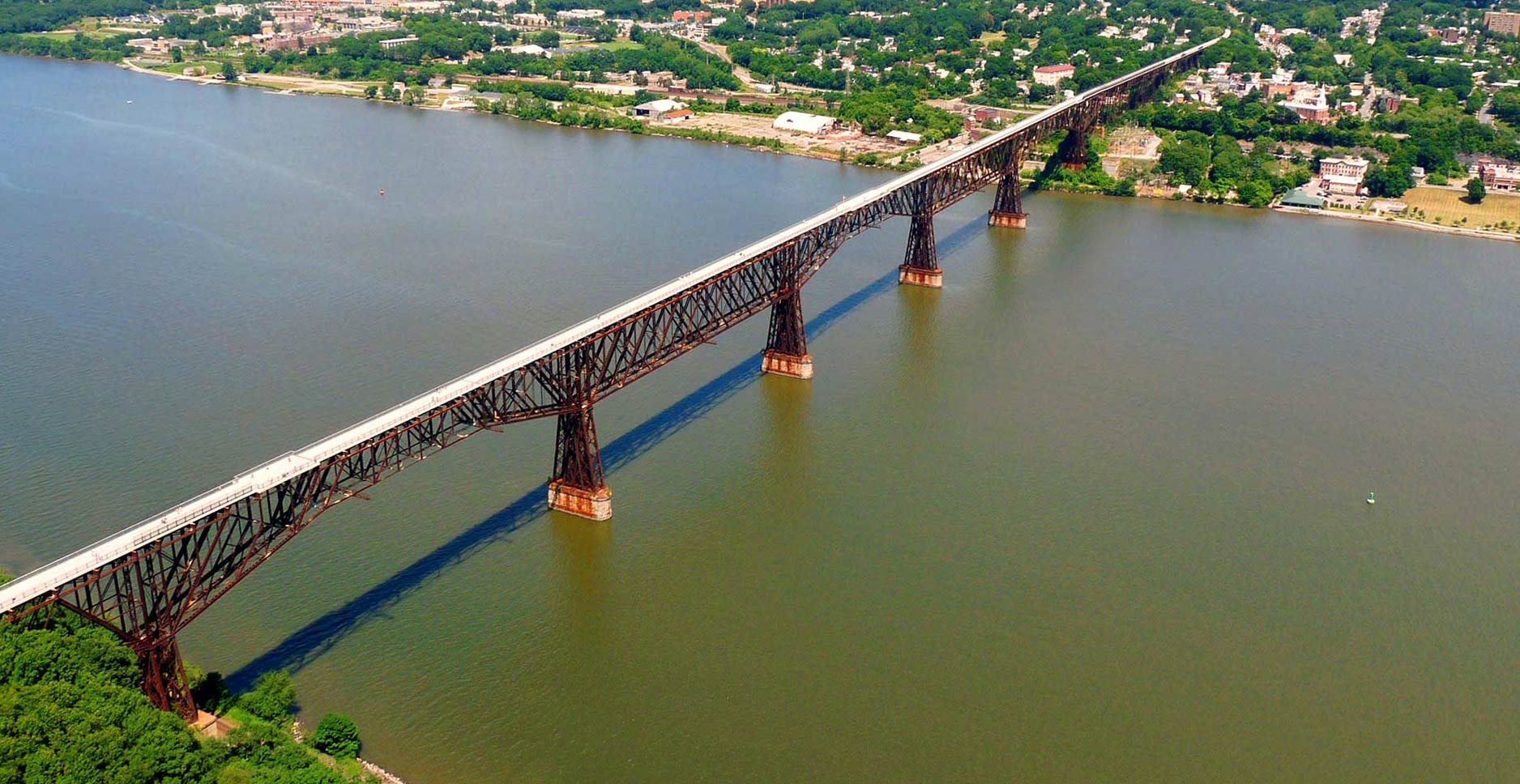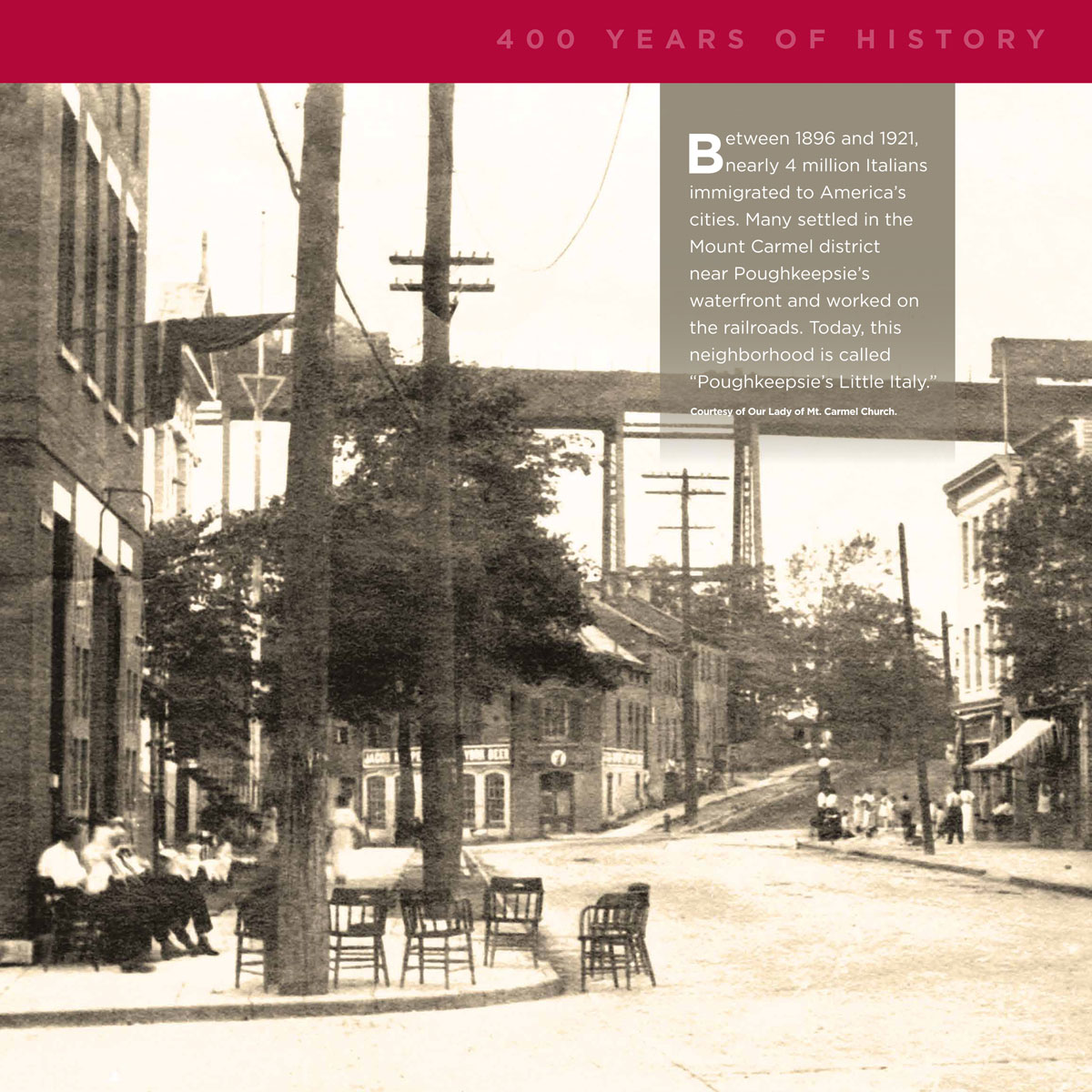Little Italy
Walkway Audio Tour
Walkway Past, Present, and Future
- Welcome
- Signal Tower
- 3000 Men
- American Bald Eagle
- First Photographer's Story
- Double Crested Cormorant
- Henry Hudson
- Intercollegiate Regatta
- Rapid Transit
- Whaling
- Engineering Feat
- Vassar Brewery
- The Walkway Vision
- Clearwater
- Sloops
- Ring-Billed Gulls
- Sturgeon
- Environmental Monitoring
- American Eel
- A Firefighter's Story
- Benches
- Bronze Medallions
- Dutchess County
- Little Italy
- Fall Kill
- Catskill Mountains
- Upper Landing Park
Other Nearby Historic Sites
State Sites: Mansions
- Introduction
- Philipse Manor Hall
- John Jay Homestead
- Bannerman's Island
- Staatsburgh
- Clermont
- Olana
- Schuyler Mansion
State Sites: Military
- Introduction
- Schuyler Mansion
- Fort Montgomery
- Senate House
- Clermont
- Stony Point Battlefield
- Knox's Headquarters
- New Windsor Cantonment
- Washington's Headquarters
Local National Sites
Other Local Sites







